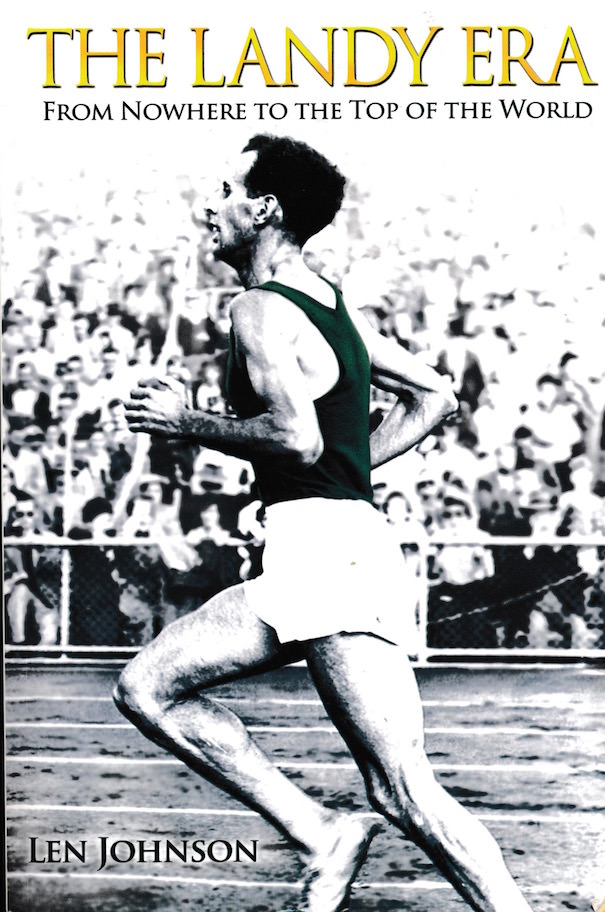
The Landy Era by Len Johnson: Book Review There have been several books on Bannister’s breaking of the four-minute Mile, but until now we haven’t had a book that focuses on John Landy. This is not to say that there hasn’t been some good material on the great Australian miler. Neal Bascomb’s excellent The Perfect Mile provides some excellent material on Landy’s build-up to 1954; Nelson and Quercetani cover Landy’s career with their usual thoroughness in their indispensible The Milers. There is also good material on Landy, although on a smaller scale, in John Bryant’s 3:59.4: The Quest to Break the Four-Minute Mile and in Jim Denison’s Bannister and Beyond. But was not until Len Johnson’s The Landy Era, published in 2009, that have we been given the full story.
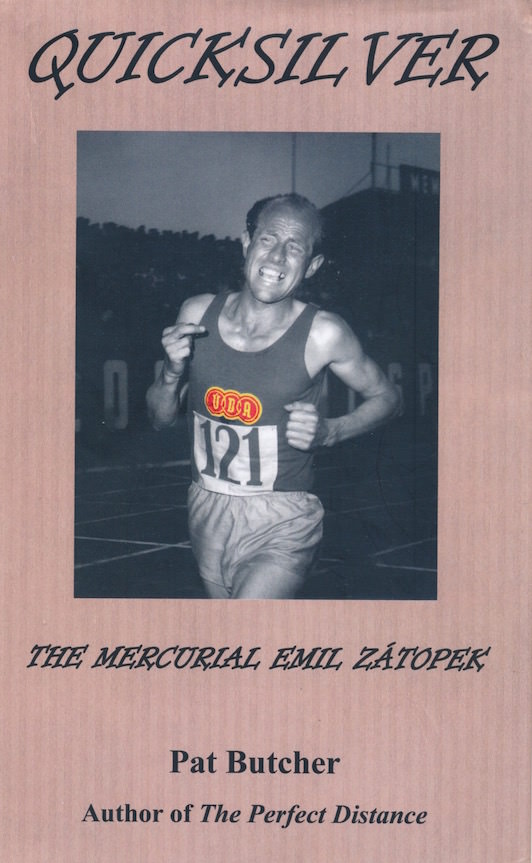
The late Emil Zatopek ranks as one of the most inspirational figures in the history of track. He inspired us not only as a competitor but also as an innovative trainer and as a human being. Such was his stature that a regular number of “pilgrims” used to travel to Czechoslovakia to meet him. So it is surprising that until 2015 only three books on him had been published (See my book review “Three Books on Zatopek”) However, there has been a veritable deluge of Zatopek books in the last year. First to appear was Pavel Kosatik’s Emil-Bezec, which was written in the Czech language. Then early in 2016 two more were published: Today We Die a Little: The Rise and Fall of Emil Zatopek, Olympic Legend by Richard Askwith and Endurance: The Extraordinary Life and Times of Emil Zatopek by Rick Broadbent. Later in 2016 a fourth book appeared: Quicksilver: the Mercurial Emil Zatopek by Pat Butcher.
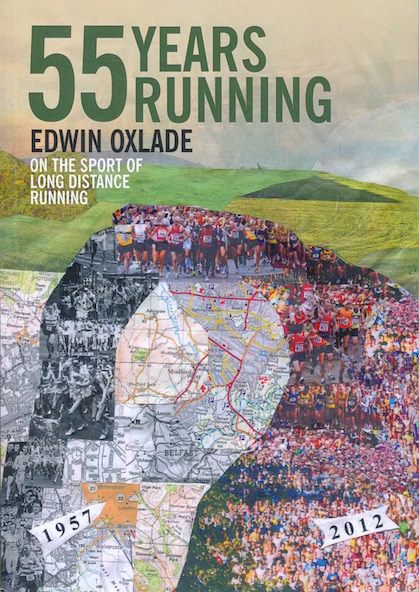
There must be lots of people in the British running community who know the name Edwin Oxlade. Not that he was a top-level runner. In fact, he was a good club runner with times of 49:52 for 10 Miles, 1:05:57 for a half Marathon and 2:24:24 for a Marathon. For a long time he was deeply involved with the UK club scene, and he has now decided to put all his memories and opinions into print. “ I like to think of the book as a personal view of the history of running, in particular British distance running, during the course of my lifetime,” he explains in his short preface. “Personal” is a key word here because Edwin Oxlade has a lot of opinions--and I don’t mean this in a negative way.
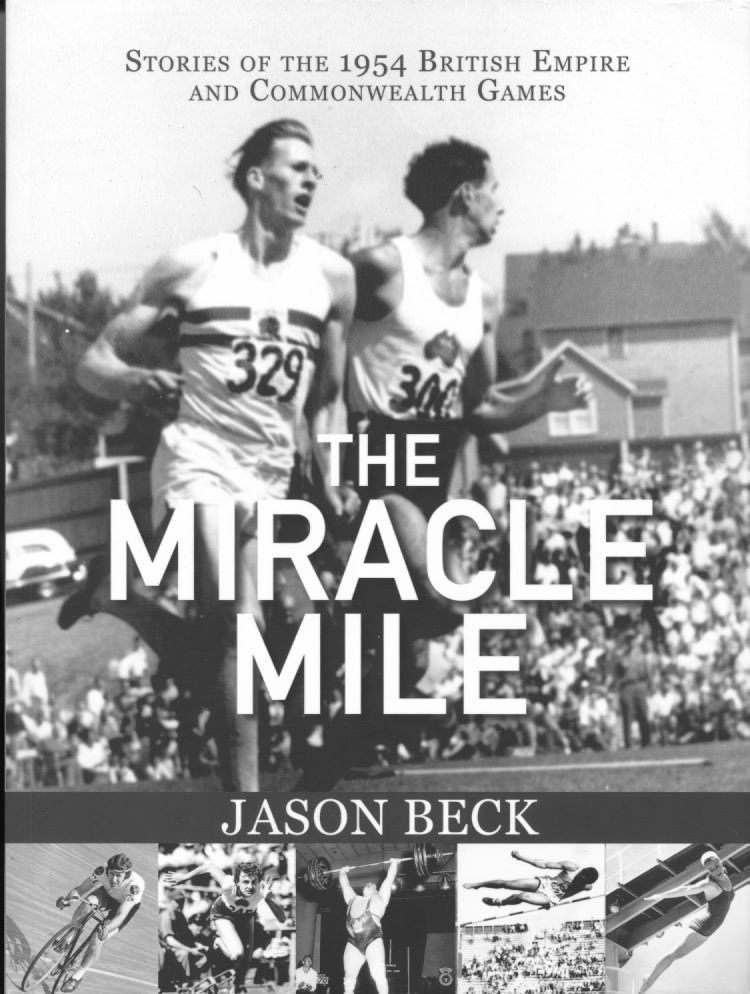
The Miracle Mile: Stories of the 1954 British Empire and Commonwealth Games
Beck, Jason
10th July 2016
The Miracle Mile: Stories of the 1954 British Empire and Commonwealth Games, by Jason Beck. Half Moon Bay, BC, Canada: Caitlin Press, 2016. Softback, $29. 95. 318pp This large-format book is beautifully produced (kudos to Vici Johnstone, who designed the over and text), and it offers a generous amount of black-and-white photography. It is clearly a labour of love for author Jason Beck, who is the Curator and Facility Director of the British Columbia Sports Hall of Fame in Vancouver. Much of the work on his ten-year project for this book was done while commuting. Although he had no spare time during business hours to work on this book, his job did give him one big advantage: “Access to the largest collection of BECG-related material anywhere in the world as well as key contacts, each of whom had some connection to the Games as an athlete, spectator, volunteer official or coach.” (BECG = British Empire and Commonwealth Games)
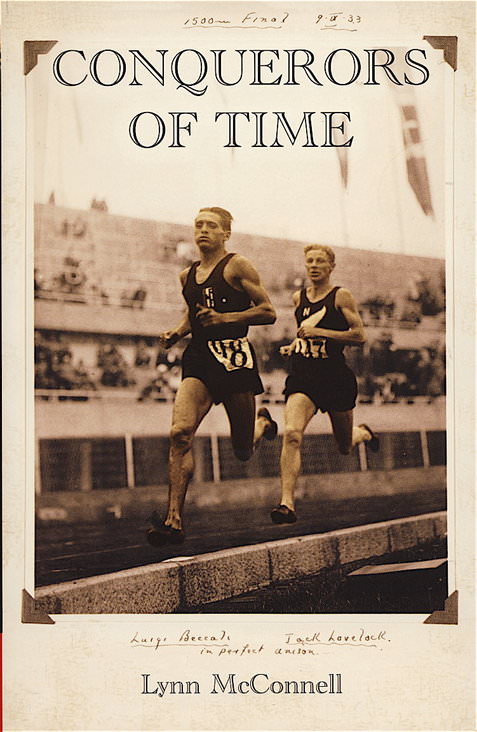
It took me a while to get hold of this book, but I’m glad that I persevered. It’s now in my must-have collection. This highly researched book focuses on the 1,500 and covers the 1932 and 1936 Olympics and the years in between. Primarily the book is about Jack Lovelock, Luigi Beccali, Glenn Cunningham, and Bill Bonthron, the first three having run in both Olympics. There is also information about other great 1,500 runners of this 1932-1936 period: Sydney Wooderson, Gene Venzke, Phil Edwards, and Jerry Cornes. Wooderson and Venzke had one disappointing Olympics in 1936; Cornes and Edwards, however, medaled in one Olympics and placed in the top six in the other.
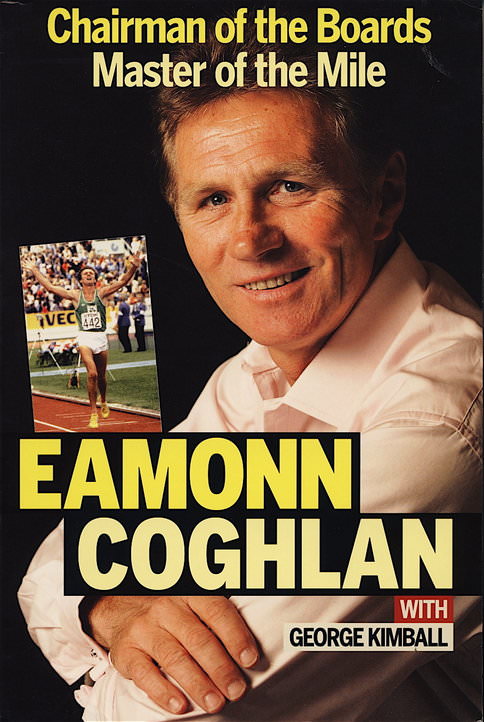
Chairman of the Boards, Master of the Mileby Eamonn Coghlan with George KimballDublin: Red Rock Press, 2008. 264pp BOOK REVIEW Chairman of the Boards is one of the best runner’s autobiographies. With the help of George Kimball, Eamonn Coghlan has given us deep insights into what is involved in becoming a world-class runner and in staying at the top for over a decade. He is open about his failures, errors, and weaknesses to the point of confession. He is perceptive about the people in his life, his family, his supporters, his opponents. And in addition, this autobiography provides a detailed picture of the running world between 1975 and 1985, from the US college and indoor scene to the international Olympic and Worlds scene.
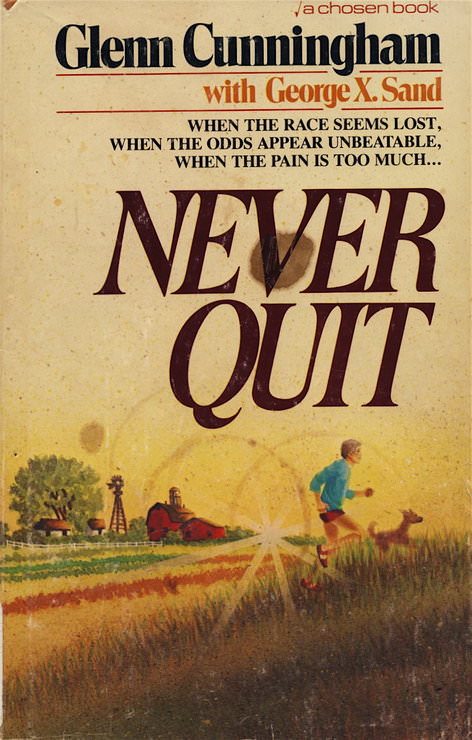
Glenn Cunningham, With George X. Sand. Never Quit. Lincoln, Virginia, Chosen Books, 1981. (143 pp.)Paul J. Kiell. American Miler: The Life and Times of Glenn Cunningham. Halcottsville, New York, Breakaway Books, 2006. (430 pp.) Two quite different books: one is an autobiography; the other is a biography. One is long, one short. One is selective, the other inclusive. But despite their differences, both are invaluable to those interested in the life of great American miler Glenn Cunningham.
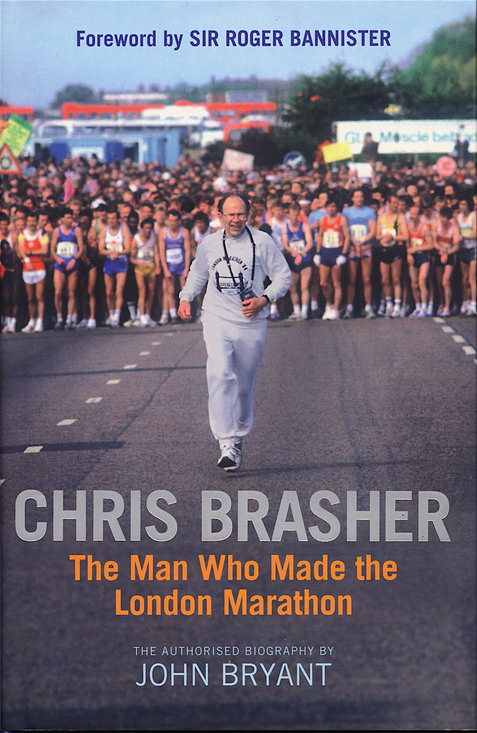
Chris Brasher: The Man Who Made the London Marathon by John Bryant. London: Aurum Press, 2012 A surprise winner of an Olympic track gold medal, a self-made multi-millionaire, a nationally famous sports journalist and the founder of the famous London Marathon, Chris Brasher led a life that cries out for a biography. And who better to do it than John Bryant, himself a lifelong runner, a 40-year veteran of Fleet Street, and a close friend of Brasher? It is true that good friends aren’t often the best choice for an objective biography, but Bryant is not afraid to bring out the less positive aspects of Brasher’s character. Sports biographies often tend toward hagiography, Frantisek Kozik’s politically motivated Zatopek the Marathon Victor being the classic example, but this fine biography of Brasher, though full of admiration, is no whitewash.
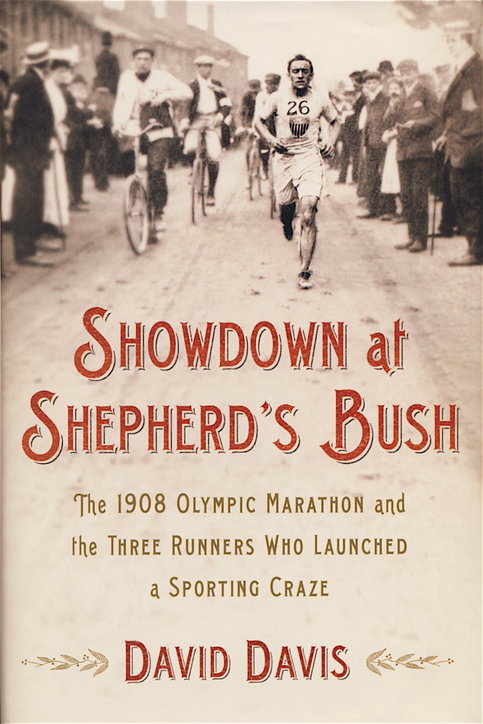
Showdown at Shepherd’s Bush: The 1908 Olympic Marathon and the Three Runners Who Launched a Sporting Craze.By David DavisNew York: Thomas Downe Books, St. Martin’s Press, 2012. David Davis’s wonderful historical book tells the story of three runners who made headlines in the first decade of the 20th century: Johnny Hayes of the USA, Tom Longboat of Canada and Dorando Pietri of Italy. Although this book purports to be about the 1908 Olympic Marathon, it actually recounts the careers of these three running legends. Davis deftly interweaves the three stories using the same technique that Neil Bascomb successfully employed to cover the careers of Landy, Bannister and Santee in The Perfect Mile. Only 27 of the 224 pages are focused on the actual 1908 race, the “showdown.” The subtitle of the book explains this a little better than the main title: The 1908 Olympic Marathon and the Three Runners Who Launched a Sporting Craze.
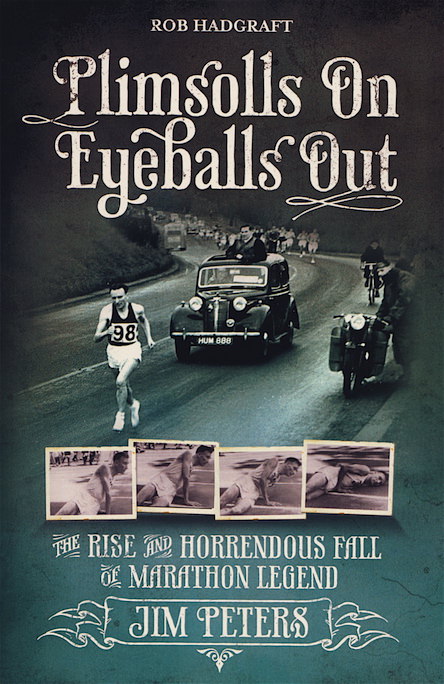
Plimsolls On, Eyeballs Out: The Rise and Horrendous Fall of Marathon Legend Jim Peters
Hadgraft, Rob
21st December 2012
Rob Hadgraft, Plimsolls On, Eyeballs Out: The Rise and Fall of Marathon Legend Jim PetersDesert Island Books, 2011 Although outshone by his contemporary and Olympic nemesis Emil Zatopek, Peters had a huge impact on marathon running in the early 1950s. It is accurate to say he obliterated the world best for the Marathon. (I say “world best” rather than “world record” because marathon courses have varied in distance and height over the years—the Boston Marathon for example was considerably shorter than the standard distance from 1951 to 1957. As well, it still drops 220 ft. from start to finish.) When Peters started running marathons in 1951, the World Best was 2:25:39, set in 1947 by Suh Yun-bok of South Korea. In three years (1952-1954) Peters lowered that mark four times, eventually running 2:17:39, an unbelievable 8:00 faster. Three of these world-best marks were achieved in three consecutive UK Poly Marathons; the fourth was run in the Turku Marathon in Finland. Two books by Peters have preceded Hadgraft’s new biography. Soon after his retirement in 1954, Peters wrote his autobiography, In the Long Run. As well, with his coach Johnny Johnston he wrote a technical book on training, Modern Middle- and Long-Distance Running. But generally it is hard to find much material on Jim Peters, especially since his autobiography is long out of print and very expensive to buy. With his fifth biography, running historian Rob Hadgraft has moved closer to the present with this superb book on Jim Peters. Following books on Deerfoot, Alfred Shrubb, Walter George and Arthur Newton, he has now tackled the life of a runner who made his name in the middle of the last century—only some 60 years ago! Jim Peters was a great choice because the Essex marathoner has not been given the general recognition he deserves. Although much was written about him during his career in the 1940s and 1950s, his fame has gradually faded. And when he is remembered, it is for his two failures in a stellar career: the tragic conclusion to the 1954 marathon in Vancouver, when he nearly died; and incomplete run in the 1952 Olympics.